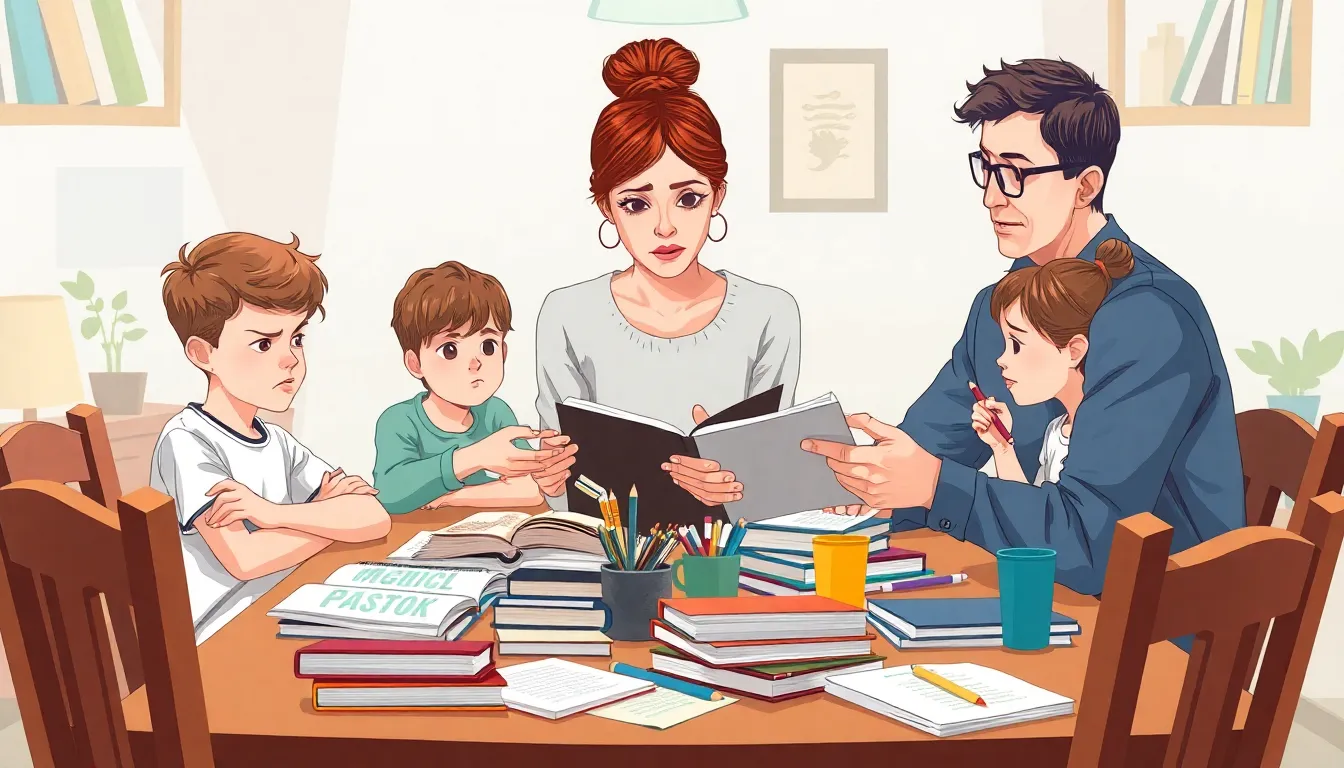Table of Contents
ToggleHomeschooling has become the go-to choice for many families seeking a more personalized education for their kids. But before you grab that chalkboard and start channeling your inner teacher, it’s worth taking a peek at the flip side of the homeschooling coin. Spoiler alert: it’s not all sunshine and rainbows.
While the idea of learning in pajamas sounds dreamy, negative homeschooling statistics reveal a different story. From socialization woes to academic challenges, the numbers might just make you think twice about trading that school bus for a breakfast table classroom. So grab your coffee and buckle up as we dive into the less glamorous side of homeschooling—because knowledge is power, and sometimes, it’s also a little bit of a reality check.
Overview of Homeschooling
Homeschooling appeals to many families seeking alternative education. Many parents choose it for flexibility, individualized learning, and tailored curriculums. However, homeschooling raises concerns regarding social interactions and educational rigor.
Statistics show that homeschooled students often face gaps in socialization. Approximately 25% of homeschooling families cite this as a significant drawback. Research indicates that homeschooled children may struggle with social skills compared to their peers in traditional schools.
Academic performance varies among homeschooled students. Studies find mixed results in standardized test scores. For instance, a 2019 survey revealed that 84% of homeschooled students scored above the national average in reading, while 60% performed better in math. However, these figures don’t guarantee equal preparedness for post-secondary education.
Inconsistencies in educational quality also present a challenge. Many parents lack formal training in education, which can affect the effectiveness of their teaching methods. About 36% of homeschooling parents report feeling unqualified to teach certain subjects, leading to potential gaps in knowledge.
Additionally, state regulations vary significantly, impacting educational standards. Some states impose strict guidelines, while others offer minimal oversight. This inconsistency can lead to disparities in educational outcomes across the homeschooling spectrum.
Overall, while homeschooling provides benefits, challenges exist that families must carefully weigh before making a transition. Understanding these aspects helps parents make informed decisions about their children’s education.
Current Negative Homeschooling Statistics

Negative statistics surrounding homeschooling highlight significant areas of concern for families. Academic performance and socialization stand out as critical challenges.
Academic Performance Concerns
Academic results among homeschooled students present mixed findings. A 2019 survey showed 84% of these students scored above average in reading, while only 60% reached similar levels in math. Despite these statistics, many homeschooled individuals may lack readiness for post-secondary education. Approximately 36% of parents feel unqualified to teach certain subjects. This feeling contributes to inconsistencies in educational quality and outcomes across different homeschooling environments. Parents should recognize that higher test scores do not always indicate thorough subject mastery.
Socialization Issues
Socialization remains a pressing issue for many families considering homeschooling. About 25% of homeschooling families identify social interaction as a major drawback. Research suggests homeschooled children may experience challenges in developing social skills compared to their peers in traditional settings. Limited opportunities for peer interaction can hinder crucial social development. Additionally, extracurricular activities often differ in scope and availability, further impacting social exposure. Families must carefully evaluate how homeschooling might affect their children’s social experiences.
Factors Contributing to Negative Outcomes
Several factors impact the effectiveness of homeschooling and contribute to negative outcomes.
Lack of Resources
Access to educational resources often presents challenges for homeschooling families. Many parents lack essential materials like textbooks, technology, and learning supplies. Public libraries provide limited options, and online resources may not meet specific educational needs. Approximately 25% of families report difficulties obtaining necessary resources. Consequently, these limitations can lead to gaps in knowledge and hinder students’ academic growth. Fewer opportunities to access diverse curricula further restrict learning potential, demonstrating the importance of adequate resources in successful education.
Parental Challenges
Parental expertise plays a crucial role in homeschooling effectiveness. Many parents feel overwhelmed by teaching responsibilities, with 36% expressing insecurity about their qualifications to cover advanced subjects. Balancing teaching with other obligations creates additional pressure. Families often struggle to maintain motivation and discipline in the home environment. Uncertainty about curriculum selection leads to inconsistent educational experiences. Such challenges contribute to varying academic results, emphasizing the need for parental support and confidence in the homeschooling journey.
Implications of Negative Homeschooling Statistics
Negative homeschooling statistics reveal several significant implications for students and public perception. Families considering homeschooling must weigh these factors carefully.
Impact on Students
Students often face unique challenges in a homeschooling environment. Many struggle with social skills, as reports show that around 25% of families cite limited social interaction. Academic performance can also vary, despite 84% of students scoring above average in reading. These scores may not indicate full comprehension of subjects. Gaps in knowledge can occur when parents feel unqualified to teach advanced material. Approximately 36% of parents express this concern, leading to possible inconsistencies in educational quality. Extracurricular activities may be scarce, hindering social development further. Limited peer engagement impacts overall student experience and growth. Students, therefore, may encounter difficulties in both academic and social realms.
Effects on Public Perception
Public perception of homeschooling shifts due to reported negative outcomes. Concerns surrounding socialization and academic challenges influence how families view this education option. Research showing that many homeschooled children struggle socially has raised eyebrows within communities. Statistics indicating that educational quality may vary based on parent qualifications also affect perceptions. State regulations create a patchwork of standards, leading to skepticism among potential homeschooling families. The challenges families face, such as access to resources and balancing teaching with other commitments, further complicate this view. Society often associates homeschooling with a lower likelihood of success, impacting choices for many families exploring educational pathways.
Navigating the complexities of homeschooling requires careful consideration of both its benefits and drawbacks. While many families are drawn to the flexibility it offers, the negative statistics highlight significant challenges that can’t be overlooked. Issues like socialization deficits and varying academic performance present real concerns for parents contemplating this path.
Access to resources and parental confidence play crucial roles in shaping educational outcomes. Families must weigh these factors against their personal circumstances to make informed choices. Understanding the reality behind homeschooling statistics can empower parents to seek additional support and resources, ensuring their children receive a well-rounded education.







